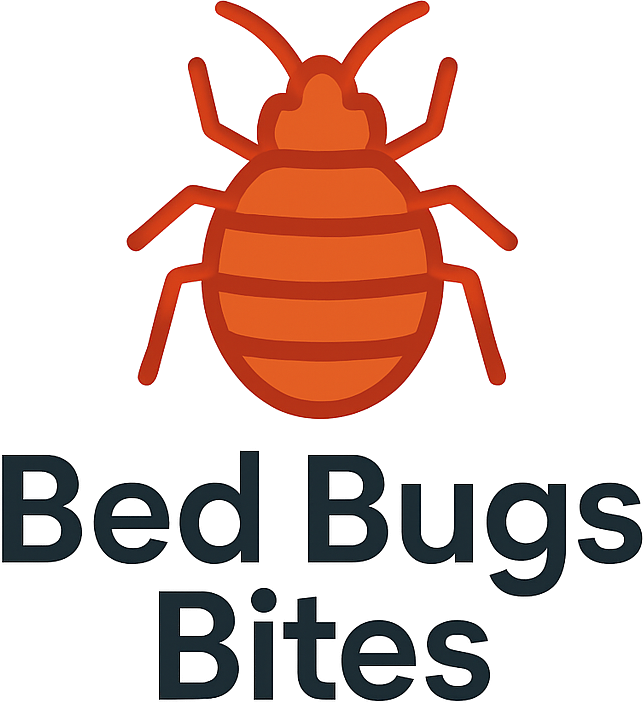Waking up with red, itchy skin can be frustrating and confusing, especially if you don’t know if you are dealing with dust mite reactions or bed bug bites. If you want to treat and stop both of these annoying pests, you need to know the differences between the two. While both bed bugs and dust mites cause skin irritation and discomfort, they affect your body in very different ways.
Understanding the Key Difference
The most important thing to know is that dust mites don’t actually bite people. Dust mites are microscopic bugs that can’t bite because they don’t have teeth or a mouth capable of biting. Instead, the skin reactions people experience are allergic reactions to dust mite waste products and the proteins from their decomposing bodies. When these allergens become airborne they trigger symptoms when they are inhaled or when they come into contact with sensitive skin.
https://www.fantasticpestcontrol.co.uk/bed-bugs/dust-mites-or-bed-bugs-bites
Bed bugs, on the other hand, are parasites that actively feed on your blood while you are sleeping. They use a tube-like structure called a proboscis to pierce the skin and extract blood, which leaves behind actual bite marks. These bites usually happen on exposed areas of skin while you are sleeping, such as the face, neck, arms, and shoulders.
https://www.medicalnewstoday.com/articles/318083
Identifying Dust Mite Reactions
Dust mite allergic reactions show up as respiratory and skin symptoms rather than bite marks. Common symptoms include sneezing, runny nose, itchy and watery eyes, stuffy nose, itchy throat, and skin rashes that can resemble eczema. These symptoms usually last year-round and often get worse during hot, humid summer months when dust mite populations are at their highest. Skin irritation from dust mites appears as red, itchy patches that look like atopic dermatitis rather than bite marks.
https://aafa.org/allergies/types-of-allergies/insect-allergy/dust-mite-allergy/
People who are allergic to dust mites may also have postnasal drip, coughing, and fatigue. If the allergy causes asthma, additional symptoms include difficulty breathing, tightness in the chest, wheezing, and trouble sleeping. These reactions happen because you’re inhaling microscopic particles of dust mite feces and body fragments, not because you’ve been bitten.
https://www.healthline.com/health/dust-mites-bites
Recognizing Bed Bug Bites
Bed bug bites are very distinct, raised bumps on the skin. These bumps are red or pink on lighter skin tones and may appear purple on darker skin. These bites usually come in specific patterns – either in straight lines, zigzag formations, or clusters of three, which are sometimes called “breakfast, lunch, and dinner” bites. The bites usually show up on skin that was exposed during sleep and they can take anywhere from a few seconds to up to 14 days to show up.
Bed bug bites are usually itchy and in some people they can cause a burning sensation. Some people get large, swollen welts, while others may not react at all or only show minor symptoms. Unlike dust mite reactions, bed bug bites are real wounds that can become infected if scratched too much. You might also notice small spots of blood on your sheets or reddish-brown stains from bed bug droppings.
https://www.healthline.com/health/bed-bug-bites
Treatment Approaches
For dust mite allergies, the goal of treatment is to limit exposure and manage symptoms. Over-the-counter antihistamines like Allegra or Claritin can help relieve sneezing and itching, while nasal corticosteroids like Flonase reduce inflammation. The best long-term plan is to keep dust mite to a minimum with regular cleaning, using allergen-proof mattress covers, and maintaining low humidity levels.
https://www.healthline.com/health/allergies/dust-mites
Bed bug bite treatment is a little more straightforward since the bites tend to heal on their own within a week. You can get immediate relief by washing the affected area with soap and water, applying cold compresses, and using over-the-counter antihistamines or topical steroid creams to reduce itching and inflammation. Calamine lotion, baking soda paste, and other home remedies can also help provide some relief.
https://www.healthline.com/health/bed-bug-bites
When to Seek Medical Attention
While both conditions can usually be handled at home, some symptoms do warrant medical attention. For dust mite allergies, talk to your doctor if symptoms significantly impact your daily life or if you suspect asthma complications. Allergy testing can confirm a dust mite sensitivity and help you decide on the best treatment going forward.
https://aafa.org/allergies/types-of-allergies/insect-allergy/dust-mite-allergy/
For bed bug bites, get medical care if you begin showing signs of infection, severe allergic reactions, or systemic symptoms like fever, difficulty breathing, or widespread hives. While its rare, some people can experience serious allergic reactions to bed bug bites that require immediate medical attention.
https://www.healthline.com/health/bed-bug-bites
Knowing these differences gives you the ability to identify the source of your skin irritation, so you can get the right treatment, whether that means allergy management for dust mites or pest control measures for bed bugs.


